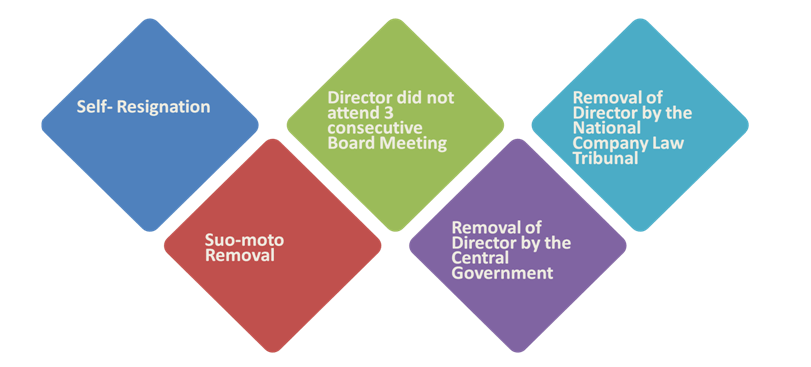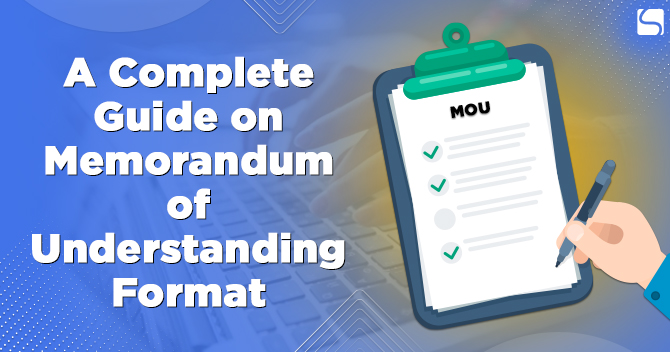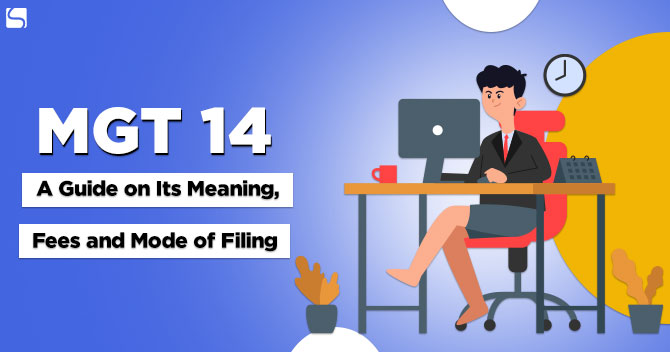How to Change or Replace the Director and Shareholder of Company?

Dashmeet Kaur | Updated: Apr 09, 2020 | Category: Compliance, DIN
The foundation of a company stands on two pillars, Directors and Shareholders. The role of a Shareholder is to determine and set some company’s goals that need to be accomplished by a Board of Directors. Shareholders take all the major decisions from approving the financial statements to winding up the company. Besides, it does not imply that the Director has a little role to play as they are the operational workforce who handles the daily functions. However, any negligence from Director or Shareholder’s side can steep down the position of a company. Therefore, it is essential to eliminate those loopholes of the company and carry the removal or replacement of such Directors or Shareholders. This document will guide you about the procedure to remove or change any defaulted Director or Shareholder under the Companies Act, 2013.

Table of Contents
Procedure to change a Company’s Director
There are different modes of removing a Director, so the process varies for each mode. Undertake that process, which resonates with your case.
- Self Resignation: In case a Director voluntarily decides to resign from his position, then the company needs to follow steps to remove such a Director:
- Summon a Board Meeting by giving a seven days notice;
- Thereon, all the Directors in the Board Meeting will mutually decide whether to accept or reject the resignation of the Director;
- Company then have to pass a resolution for accepting the resignation;
- Once the resolution is passed, the concerned Director shall have to file form DIR-11, affix the resignation letter and submit to MCA;
- Likewise, the company shall file form DIR-12 to intimate to the Registrar about the resignation of the Director.
- Once the Registrar approves DIR-12, the name of the concerned Director shall be removed from the master data of the Company on the MCA portal.
- Suo-moto Removal: In this mode of removal, the company can remove the Director by passing an ordinary resolution in the General Meeting unless that the Government or Tribunal did not appoint that Director. The Suo-moto mode of Director’s removal works in the following way:
- The first step is to call a Board Meeting by giving 7 days’ notice to all the Directors. The special notice must inform about the removal of a Director.
- On the Board Meeting, a resolution for the holding of an EGM (Extraordinary General Meeting) shall be passed. Moreover, the company shall pass the resolution for the removal of concerned Director as a subject to the approval of Shareholders.
- Thereby, the Extraordinary General Meeting shall be held by providing 21 days clear notice. In EGM, the members will vote on the matter, and if a majority of members show their consent for the decision, the resolution shall be passed.
- Prior to directly passing the resolution, the concerned Director shall be given an opportunity of being heard.
- If the Director fails to justify his action, the resolution shall be passed with the same procedure of filling the forms DIR – 11 & DIR – 12 along with attachments of ordinary resolution.
- Once the forms are filed, the name of the concerned Director will be omitted from the Ministry of Corporate Affairs website.
- Director did not attend three consecutive Board Meeting: Section 167 of the Companies Act, 2013 states that if a Director didn’t attend 3 Board Meetings for an entire Financial Year, then it will be considered that he/she has abandoned the company. It shall be counted starting from the first Board Meeting in which he/she was absent, and he/she remains to be absent even after getting a due notice to attend the meeting. In such a case, he/she shall be deemed to vacate the office, and the company shall file form DIR-12 to remove the Director’s name.
- Removal of Director by the Central Government: The Central Government holds power to remove a Director under the following circumstances:
- The Director was found guilty of any misfeasance, fraud or default;
- Director has carried any activity that was against the principal or policies of business;
- Directors have made any transaction that caused injury to the trade policies of the company;
- Director got indulged in the activities or transactions for defrauding its members/creditors
- Removal of Director by the National Company Law Tribunal: with this mode of removing a Director, the company has to file an appeal to prevent any mismanagement. Upon receiving such appeal, the National Company Law Tribunal will set aside or terminate such agreement of the company in regards to its Director’s removal. The removed director shall not get any compensation for his/her lost position.
How to remove a Shareholder in Small Companies?
Generally, the terms and conditions to remove a Shareholder are prescribed in the Shareholder Agreement, but if the company does not have such agreement, then it can be done by passing a resolution. Here are the steps to remove a Shareholder:
- Step-1- The first and foremost step is to check the Shareholder Agreement formed at the inception stage of the company. It is essential to find details regarding the buyout of the shares and perceive whose approval is needed for the removal, i.e., vote of the Board of Directors or by the majority of Shareholder’s vote. It usually happens through a resolution.
- Step-2- A resolution shall be presented either to the Board of Directors or at the next meeting, depending upon the Shareholder Agreement. There is no specific manner for the same.
- Step-3- The next step is to call a Board of Directors Meetings or summon Shareholders to pass the resolution of a Shareholder buyout.
- Step-4– Thereon, all the members will vote for or against the resolution. Once the resolution is passed, follow the Shareholder’s Agreement in the purchase of the shareholder’s stock. Such type of purchase is done by the company itself, wherein the shares are converted into treasury stock, or this purchase is initiated by other shareholders who hold an interest in the corporation.
- Step-5-If the Shareholder’s Agreement does not provide any information regarding the removal of a Shareholder; then the company needs to take legal steps as inscribed in the Companies Act, 2013 for the Removal of a Shareholder.
Conclusion
We have a team of experts who possess years of knowledge and experience. Our team can ease the removal of Directors or Shareholders for your company. All you need to do is provide your valid documents rest we will sail you through.
Also, Read: Compliance for Limited Liability Partnership Firm.














